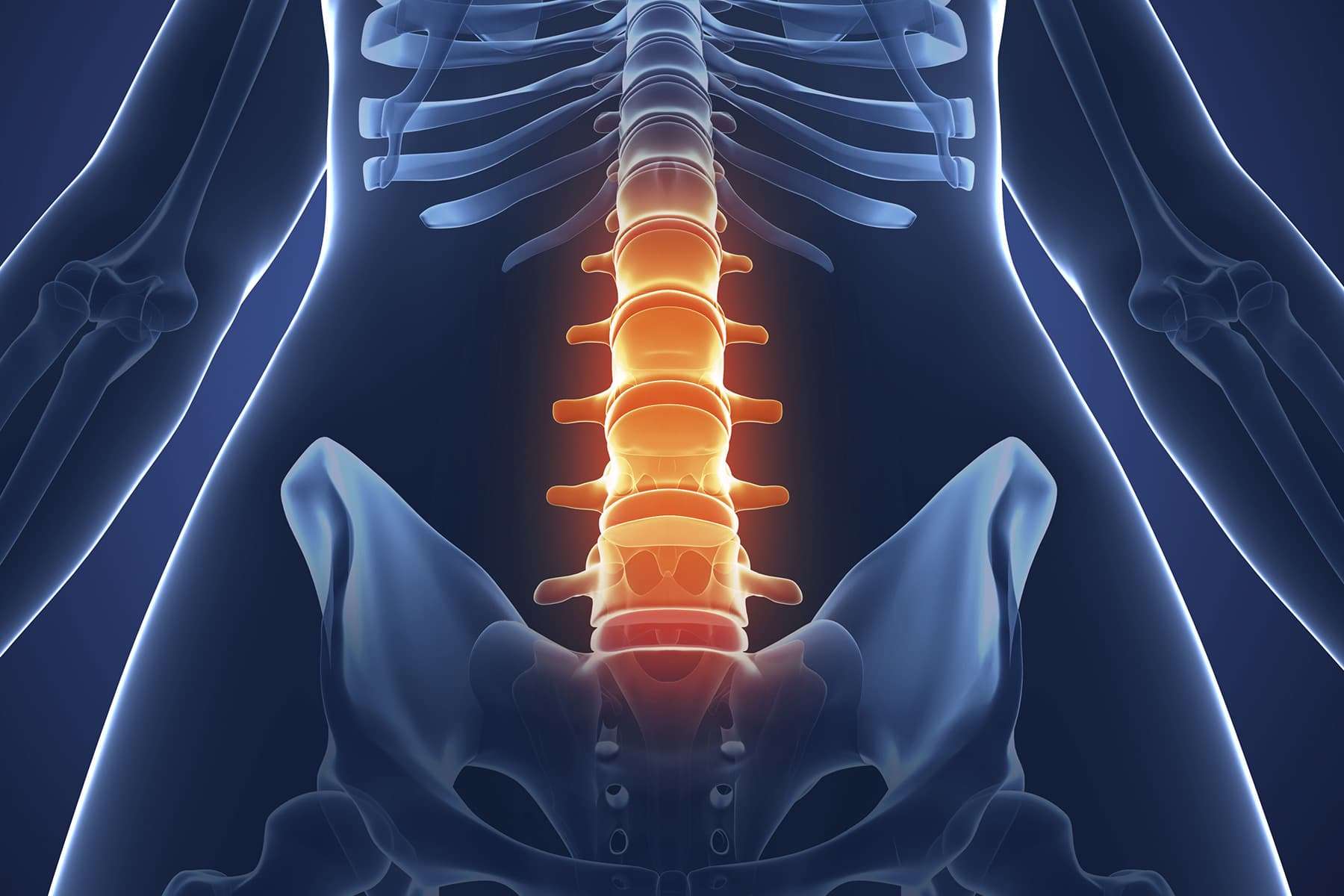
Spondylosis is a common condition that affects the spine, often causing pain and discomfort. But what exactly is it? Spondylosis refers to the wear and tear of the spinal discs and joints, typically due to aging. This condition can lead to symptoms like stiffness, pain, and reduced mobility. Understanding spondylosis is crucial for managing its effects and improving quality of life. In this article, we'll explore 50 facts about spondylosis to help you better understand this condition. From its causes and symptoms to treatment options and prevention tips, we've got all the information you need. Let's dive in!
Key Takeaways:
- Spondylosis is a natural wear and tear of the spine as we age, causing pain and stiffness. Regular exercise, good posture, and a healthy diet can help prevent and manage this condition.
- Spondylosis can affect the neck, mid-back, or lower back, leading to symptoms like muscle weakness and numbness. Treatment options include physical therapy, pain relievers, and lifestyle changes for better spinal health.
What is Spondylosis?
Spondylosis refers to the degeneration of the spine due to aging. It can affect the cervical, thoracic, or lumbar regions. Understanding this condition helps manage symptoms and improve quality of life.
- Spondylosis is a general term for age-related wear and tear of the spinal discs.
- It often leads to osteoarthritis of the spine.
- Commonly affects people over the age of 40.
- Cervical spondylosis impacts the neck region.
- Lumbar spondylosis affects the lower back.
- Thoracic spondylosis is less common and impacts the mid-back.
- Symptoms can include pain, stiffness, and reduced mobility.
- Herniated discs may occur due to spondylosis.
- Bone spurs can develop as the body tries to repair itself.
- Nerve compression may result from bone spurs or herniated discs.
Causes and Risk Factors
Several factors contribute to the development of spondylosis. Knowing these can help in prevention and early intervention.
- Aging is the primary cause of spondylosis.
- Genetics can play a role in susceptibility.
- Obesity increases stress on the spine.
- Sedentary lifestyle can weaken spinal muscles.
- Smoking accelerates spinal degeneration.
- Previous spinal injury can lead to spondylosis.
- Repetitive stress from certain jobs or sports can contribute.
- Poor posture over time can affect spinal health.
- Dehydration of spinal discs occurs naturally with age.
- Gender: Men are more likely to develop spondylosis at a younger age.
Symptoms and Diagnosis
Recognizing symptoms early can lead to better management. Diagnosis often involves various tests and imaging techniques.
- Neck pain is a common symptom of cervical spondylosis.
- Lower back pain is typical in lumbar spondylosis.
- Stiffness in the spine, especially in the morning.
- Headaches can occur due to cervical spondylosis.
- Muscle weakness in the arms or legs.
- Numbness or tingling in extremities.
- Loss of balance or coordination.
- Bladder or bowel dysfunction in severe cases.
- X-rays can show bone spurs and disc degeneration.
- MRI scans provide detailed images of soft tissues.
Treatment Options
Various treatments can help manage spondylosis symptoms. These range from lifestyle changes to medical interventions.
- Physical therapy helps strengthen muscles and improve flexibility.
- Pain relievers like acetaminophen or NSAIDs can reduce pain.
- Muscle relaxants may be prescribed for muscle spasms.
- Steroid injections can reduce inflammation and pain.
- Heat or ice therapy can provide temporary relief.
- Chiropractic care may help with alignment and pain relief.
- Acupuncture is an alternative treatment for pain management.
- Surgery is considered in severe cases where other treatments fail.
- Lifestyle changes like weight loss and quitting smoking can help.
- Ergonomic adjustments at work and home can reduce strain.
Prevention and Management
Preventing spondylosis involves maintaining a healthy lifestyle. Managing it effectively can improve quality of life.
- Regular exercise keeps the spine flexible and strong.
- Healthy diet supports overall spinal health.
- Proper lifting techniques prevent spinal injuries.
- Good posture reduces stress on the spine.
- Staying hydrated helps maintain disc health.
- Regular check-ups can catch early signs of spondylosis.
- Stress management techniques like yoga or meditation can help.
- Supportive footwear reduces impact on the spine.
- Sleeping on a firm mattress supports spinal alignment.
- Avoiding high-impact activities can prevent further damage.
Final Thoughts on Spondylosis
Spondylosis affects many people, causing discomfort and mobility issues. Understanding spondylosis helps in managing symptoms and improving quality of life. Regular exercise, a balanced diet, and proper posture can alleviate some of the pain. Consulting a healthcare professional ensures you get the right treatment plan tailored to your needs.
Living with spondylosis doesn't mean giving up on an active lifestyle. Many find relief through physical therapy, medications, or even alternative treatments like acupuncture. Staying informed about your condition empowers you to make better decisions about your health.
Remember, each person's experience with spondylosis is unique. What works for one might not work for another. Keep exploring different management strategies until you find what suits you best. Stay proactive, stay positive, and keep moving forward. Your journey with spondylosis is just one part of your life, not the whole story.
Frequently Asked Questions
Was this page helpful?
Our commitment to delivering trustworthy and engaging content is at the heart of what we do. Each fact on our site is contributed by real users like you, bringing a wealth of diverse insights and information. To ensure the highest standards of accuracy and reliability, our dedicated editors meticulously review each submission. This process guarantees that the facts we share are not only fascinating but also credible. Trust in our commitment to quality and authenticity as you explore and learn with us.
